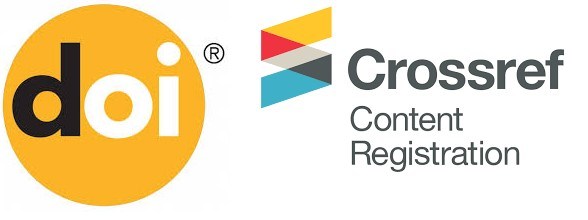Submissions
Submission Preparation Checklist
All submissions must meet the following requirements.
- The submission has not been previously published or submitted for consideration by any other journal (or an explanation has been provided in the Comments to the editor).
- The submission file is in Microsoft Word document file according to Ecuadorian Science Journal format & template ONLY! (Word Template) We will reject your manuscript if you not according to Ecuadorian Science Journal format & template.
- Where available, URLs for the references have been provided. The order of text citation must be revised according to the order of appearance in the text, i.e. start from alphabetical order
- The text is single-spaced; uses a 9-point font; employs italics, rather than underlining (except with URL addresses); and all illustrations, figures, and tables are placed within the text at the appropriate points, rather than at the end.
- The text adheres to the stylistic and bibliographic requirements outlined in the Author Guidelines/a, which is found in About the Journal.
- If submitting to a peer-reviewed section of the journal, the instructions in Ensuring a Blind Review have been followed.
- Please check your similarity index (similarity checking software), all submissions must lower than 15% and single-source matches are not higher than 3%. Remove your paper from Turnitin/iThenticate repository before submitting it to the Ecuadorian Science Journal.
- The Structure Manuscript consist of 4 chapters: 1. INTRODUCTION 2. MATERIALS AND METHOD 3. RESULT AND DISCUSSION 4. CONCLUSION. Please refer to the template correctly, different structure will be reject to review.
- We encourage authors to submit the names of 5-9 referees suitable to review the work to aid in the peer-review process. Write the names and emails of 5-9 referees below in section Comments for the Editor.
Copyright Notice
Authors maintain the rights to the articles and are therefore free to share, copy, distribute, execute, and publicly communicate the work on their personal websites or in institutional deposits, after its publication in this journal, as long as they provide bibliographic information that certifies its publication in this journal.
The works are under one https://creativecommons.org/licenses/by-nc-sa/4.0/
Privacy Statement
Names and email addresses entered in this journal will be used exclusively for the stated purposes by this journal and will not be available for any other purpose or to any other person.



























